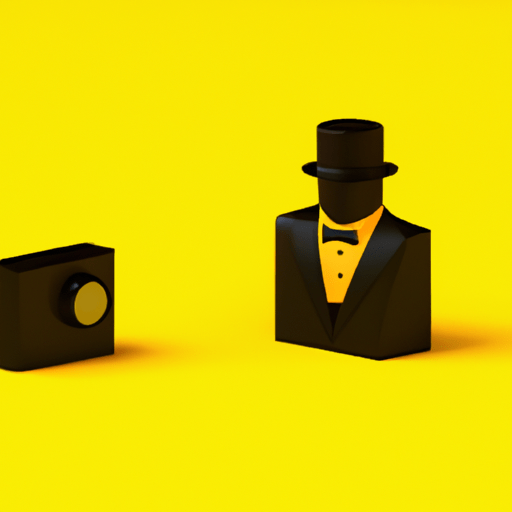
-
Table of Contents
Incorporating 3D Elements in 2D Designs

When it comes to design, the possibilities are endless. Designers are constantly pushing boundaries and exploring new techniques to create visually stunning and engaging artwork. One such technique that has gained popularity in recent years is incorporating 3D elements in 2D designs. This article will delve into the world of 3D design and discuss how it can enhance 2D artwork.
The Rise of 3D Design
3D design has come a long way since its inception. With advancements in technology and software, designers now have access to powerful tools that allow them to create realistic and immersive 3D environments. This has opened up a whole new realm of possibilities for incorporating 3D elements in 2D designs.
One of the main reasons for the rise of 3D design is its ability to add depth and dimension to flat 2D artwork. By incorporating 3D elements, designers can create a sense of realism and make their designs more visually appealing. This can be particularly useful in fields such as advertising, where attention-grabbing visuals are crucial.
Benefits of Incorporating 3D Elements
There are several benefits to incorporating 3D elements in 2D designs. Let’s explore some of them:
- Enhanced Visual Appeal: By adding 3D elements, designers can make their artwork more visually appealing and captivating. The depth and realism provided by 3D design can help grab the viewer’s attention and create a lasting impression.
- Improved User Experience: In fields such as web design and user interface design, incorporating 3D elements can greatly enhance the user experience. By adding interactive 3D elements, designers can create a more engaging and immersive experience for the users.
- Increased Brand Recognition: Incorporating 3D elements in branding and logo design can help businesses stand out from the competition. A well-designed 3D logo can make a lasting impression on customers and increase brand recognition.
- Expanded Creative Possibilities: 3D design opens up a whole new world of creative possibilities. Designers can experiment with different textures, lighting effects, and perspectives to create unique and visually stunning artwork.
Examples of Successful 3D Design Integration
Now that we understand the benefits of incorporating 3D elements in 2D designs, let’s take a look at some successful examples:
1. Apple’s iOS Icons
Apple’s iOS icons are a great example of how 3D design can enhance 2D artwork. The icons have a realistic and three-dimensional appearance, which makes them visually appealing and easy to recognize. The use of shadows and gradients adds depth to the icons, giving them a more immersive feel.
2. Nike’s Air Max Campaign
Nike’s Air Max campaign incorporated 3D elements to showcase their iconic sneakers. The use of 3D modeling and animation allowed Nike to create visually stunning visuals that showcased the unique design and features of their shoes. The campaign was a huge success and helped increase brand awareness.
3. Pixar’s Animated Films
Pixar is known for its groundbreaking animation techniques and the integration of 3D elements in their films. By combining 3D characters and environments with 2D storytelling, Pixar has created some of the most visually stunning and emotionally engaging animated films of all time.
Tools and Techniques for Incorporating 3D Elements
There are several tools and techniques that designers can use to incorporate 3D elements in their 2D designs. Some popular ones include:
- 3D Modeling Software: Software such as Blender, Maya, and Cinema 4D allow designers to create 3D models that can be integrated into 2D designs.
- Texture Mapping: Texture mapping is a technique that allows designers to apply textures to 3D models, giving them a more realistic appearance.
- Lighting and Shadows: Proper lighting and shadow effects can add depth and realism to 3D elements, making them seamlessly blend with the 2D artwork.
- Animation: Adding animation to 3D elements can create a more dynamic and engaging experience for the viewers.
Conclusion
Incorporating 3D elements in 2D designs can greatly enhance the visual appeal and user experience of artwork. By adding depth and dimension, designers can create visually stunning and immersive designs that leave a lasting impression. The rise of 3D design has opened up a whole new world of creative possibilities, allowing designers to push boundaries and create artwork that stands out from the crowd. With the right tools and techniques, incorporating 3D elements can take 2D designs to the next level.
